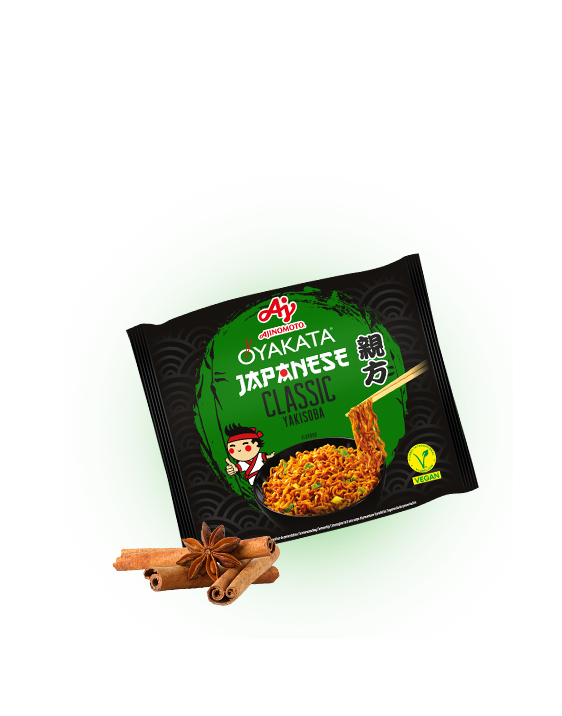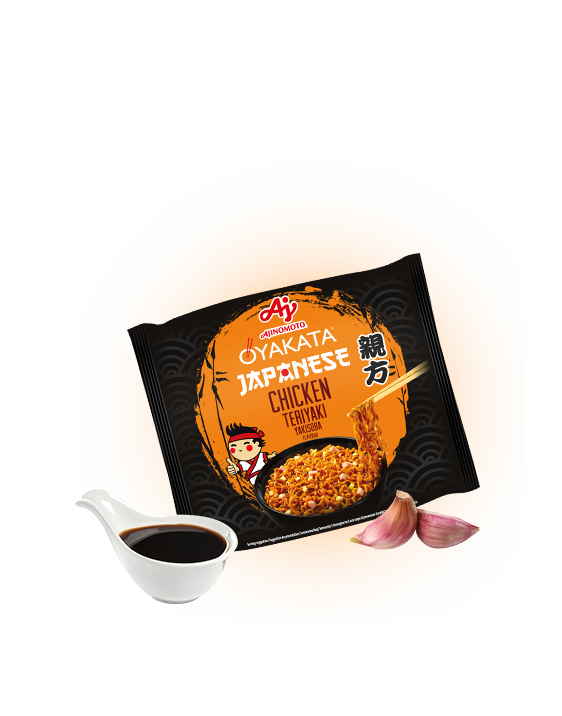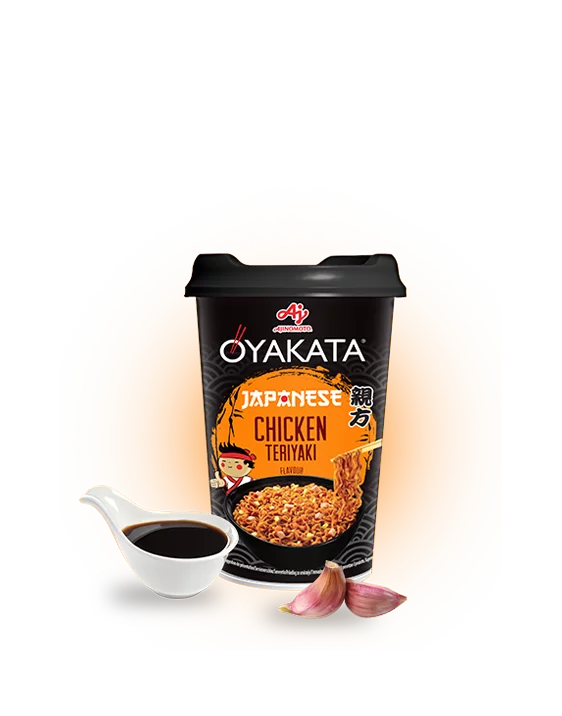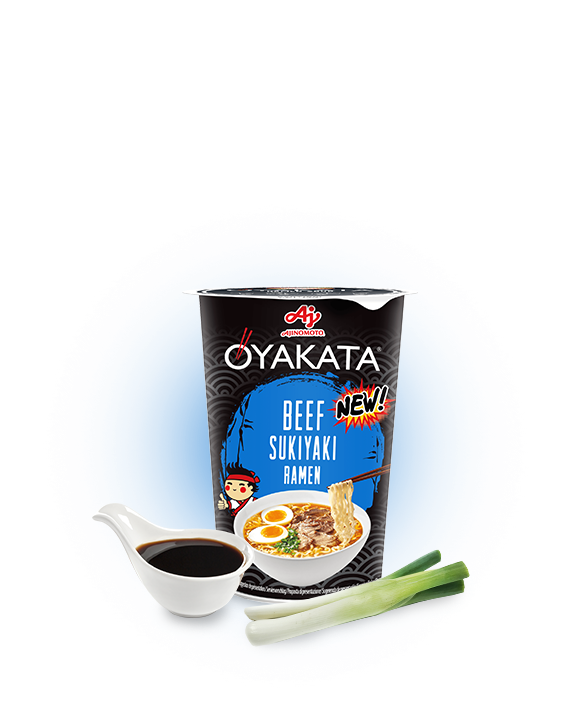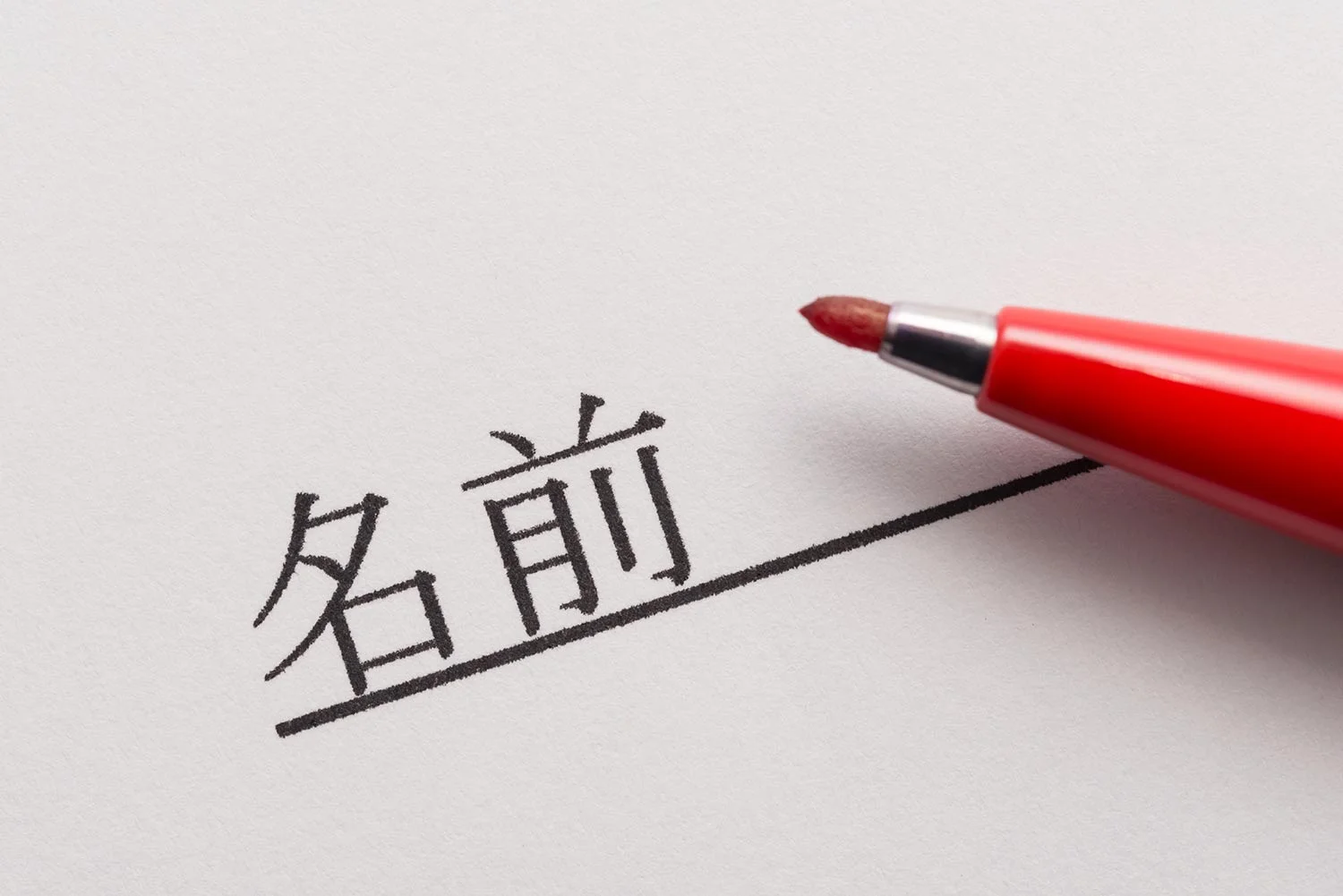

THE MOST POPULAR MALE AND FEMALE JAPANESE NAMES
Giving names in Japan
Many Japanese believe that a name can determine the character of a child or even influence its success in life and contacts with others. Names are often matched with certain qualities – for example, if a child laughs a lot or has fair hair, this may be reflected in its name. Japanese names can be divided into male and female ones but there is also a vast group of names that are not assigned to any sex. The majority of names are written down using kanji characters, and some using hiragana, katagana, or even a combination of kanji and kana. The Japanese Ministry of Justice regulates the laws of giving names with kanji characters to make them easy to read and write by others.
Japanese male names and their meanings
It is a tradition that a name must have a meaning. Until recently, parents wanted the name to reflect the qualities they desired for their offspring. In the recent years it can be observed that increasing attention is paid not only to the meaning but also to the sound of the name. Male names often include such characters as hiro (“wide,” “vast”), ki (“tree,” “standing”) and ta (“large,” “fat”). They may end with hiko, e.g. Katsuhiko (勝彦), suke, e.g. Keisuke (慶介) or hei, e.g. Junpei (淳平). Names ended with o and shi are usually also male, e.g. Teruo (輝夫), Akio (昭雄), Atsushi, Takashi, or Kiyoshi.
The most popular male names and their meanings
The naming trends kept changing over the years. In 1950s, the most common boys’ names were Shigeru (blossoming, lavish), Hiroshi (generous, blessing), Takashi (praiseworthy), Osamu (disciplined, to learn), Minoru (to grow). In 1970s, popular names were: Makoto (honesty, truth), Tsuyoshi (strong, brave), Kenichi (ken – wise, ichi – first), Daisuke (excellent helper). In 1990s, parents most frequently named their children Shota (to fly, abundance), Takuya (development), Kenta (Ken – health, ta – abundance), Tsubasa (wing). Currently, the most popular names are: Yuma (durability, truth), Ren (lotos), Hiroto (to have high aspirations) and Shota and Sho (to fly).
Japanese female names and their meanings
Females names often end with the “ko” syllable, which means a child, or mi (beauty), a well as yo, na and ka. In the past, a great importance was given to the name having a specific meaning and long tradition. Today we can observe that the Japanese increasingly often pick names that have a nice ring to them even if their meaning is vague. The most popular names in 1950s were: Kazuko (kazu – room, ko – child), Youko (You – sea, ko – child), Keiko (Kei – blessing, ko – child), Sachiko (sachi – happiness, ko – child). In 1970s, girls were most frequently named Youko (You – sun, ko – child), Tomoko (Tomo – knowledge, ko – child), Yuuko (Yuu – wealth), Mayumi (Ma – truth, yu – freedom, mi – beauty), Junko (Jun – innocence, ko – child). Popular in 1990s were: Misaki (Mi – beauty, saki – blossom), Ai (love), Mai (dance), Aya (colourful). The most popular names in the recent years have been: Yuina (Yui – tie, bind, na – vegetable, green), Hina (Hi – sun, light, na – vegetable, green), Aoi (hollyhock), Yua (Yu – tie, a – love), Yui (Yu – to tie/excellence, i – clothes).
The meanings of Japanese names
The kanji characters used to note down the names usually have more than one meaning. This resulted in the emergence of special dictionaries explaining how to read the symbols contained in names. Having one’s name read properly is incredibly important in social contacts so whenever the Japanese introduce themselves, they often explain which kanji characters are used to write their first and last name.
